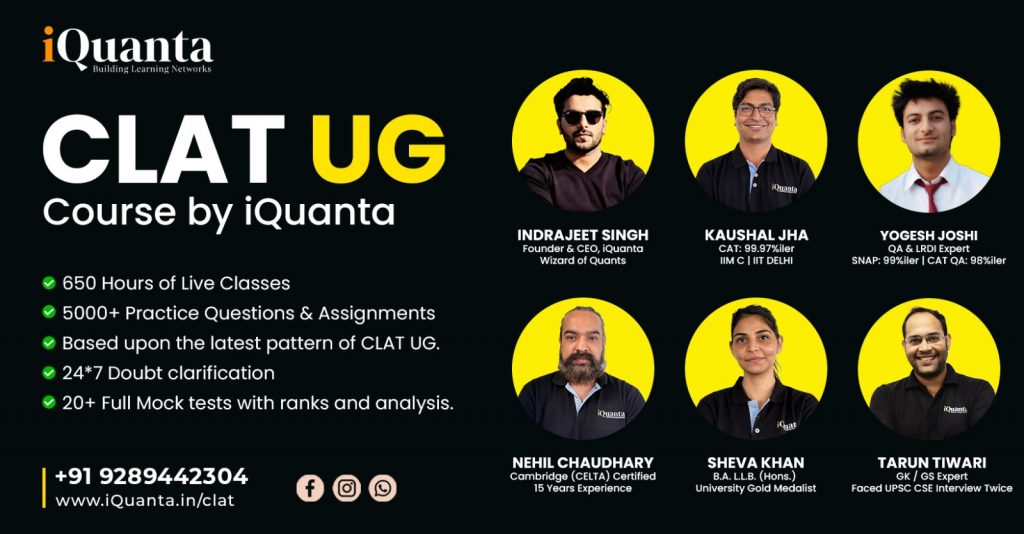Passage 1
In a significant advancement for the army, the Indian Navy has successfully developed and certified a new explosive with a lethality [1] times greater than standard TNT (Trinitrotoluene), according to The Economic Times.
This high-performance explosive, is now among the most powerful non-nuclear explosives in the world. The newly formulated explosive, which has undergone extensive testing and certification by the Navy, has the potential to significantly enhance the destructive power of bombs, artillery shells, and warheads without adding extra weight, the report said.
The explosive also showed great promise for export, as military forces worldwide seek to increase the lethality of their existing weapon systems.
Named SEBEX 2, this explosive has been evaluated, tested, and certified by the Indian Navy under its Defence Export Promotion Scheme. “The development of the explosive will enhance the potency and efficiency of weapons and ammunition in use,” the financial daily reported citing officials, noting that final certifications were completed last week.
Explosive performance is gauged by TNT equivalence, with higher values indicating greater lethality. Currently, the most powerful conventional explosive used in India, specifically in the Brahmos warhead, has a TNT equivalence of about 1.50. Most conventional warheads worldwide have a TNT equivalence ranging from 1.25 to 1.30.
Developed under the Make in India initiative, this composition based on high-melting explosives (HMX) is expected to improve the lethality of warheads significantly, aerial bombs, artillery shells, and other munitions that rely on blast and fragmentation effects to damage targets, the business-daily noted. Additionally, EEL is working on another variant, expected to have an explosive power graded at 2.3 times that of TNT, which they anticipate will be ready within six months.
Source: https://www.business-standard.com/external-affairs-defence-security/n
Get CLAT Online Coaching!

Passage 2
The WIPO Patent Landscape Report on Generative Artificial Intelligence (GenAI) offers insights into patenting trends and scientific publications, expanding on findings from the [1] WIPO Technology Trends Report on Artificial Intelligence. It delves into current technology advancements, evolving dynamics, and anticipated applications of GenAI technologies. Additionally, the report identifies leading countries, companies, and organizations driving innovation in the field of GenAI.
This report on Generative Artificial Intelligence (GenAI) patenting, overseen by Marco Alemán and directed by Alejandro Roca Campaña, Andrew Czajkowski, and Christopher Harrison, underscores key global trends.
The landscape of Generative Artificial Intelligence (GenAI) patenting between 2014 and 2023 reveals significant trends across key global locations. The United States emerged as a pivotal research hub, contributing approximately 6,300 patent families during this period, establishing itself as the one of the most important country in GenAI patenting globally. It underscores the US’s substantial role in advancing GenAI technologies through extensive research and innovation efforts.
The nations like Korea, Japan and India have demonstrated robust growth in their GenAI patent families, with India notably achieving a remarkable annual growth rate of 56%. This growth highlights India’s increasing emphasis on GenAI innovation and its evolving role as a significant contributor to global GenAI patents despite starting from a smaller initial base than other leading countries.
In Europe, the United Kingdom leads the region in GenAI patent publications, securing the sixth position globally with 714 patents over the same period. However, Germany closely follows with 708 patent families, surpassing the UK in recent years regarding GenAI patent output. These European nations exhibit diverse strengths in GenAI research, with the UK excelling in physical sciences and engineering. At the same time, Germany demonstrates a robust presence in both engineering and manufacturing sectors.
Overall, these top inventor locations—comprising the US, Asian countries like the Republic of Korea, Japan, India, and key European nations such as the UK and Germany—comprise 94% of global GenAI patenting activity. Each region brings unique strengths and focuses within the GenAI landscape, contributing to the overall advancement and proliferation of GenAI technologies worldwide.
Source: https://indiaai.gov.in/article/india-leads-in-generative-ai-patents-for-networks-


